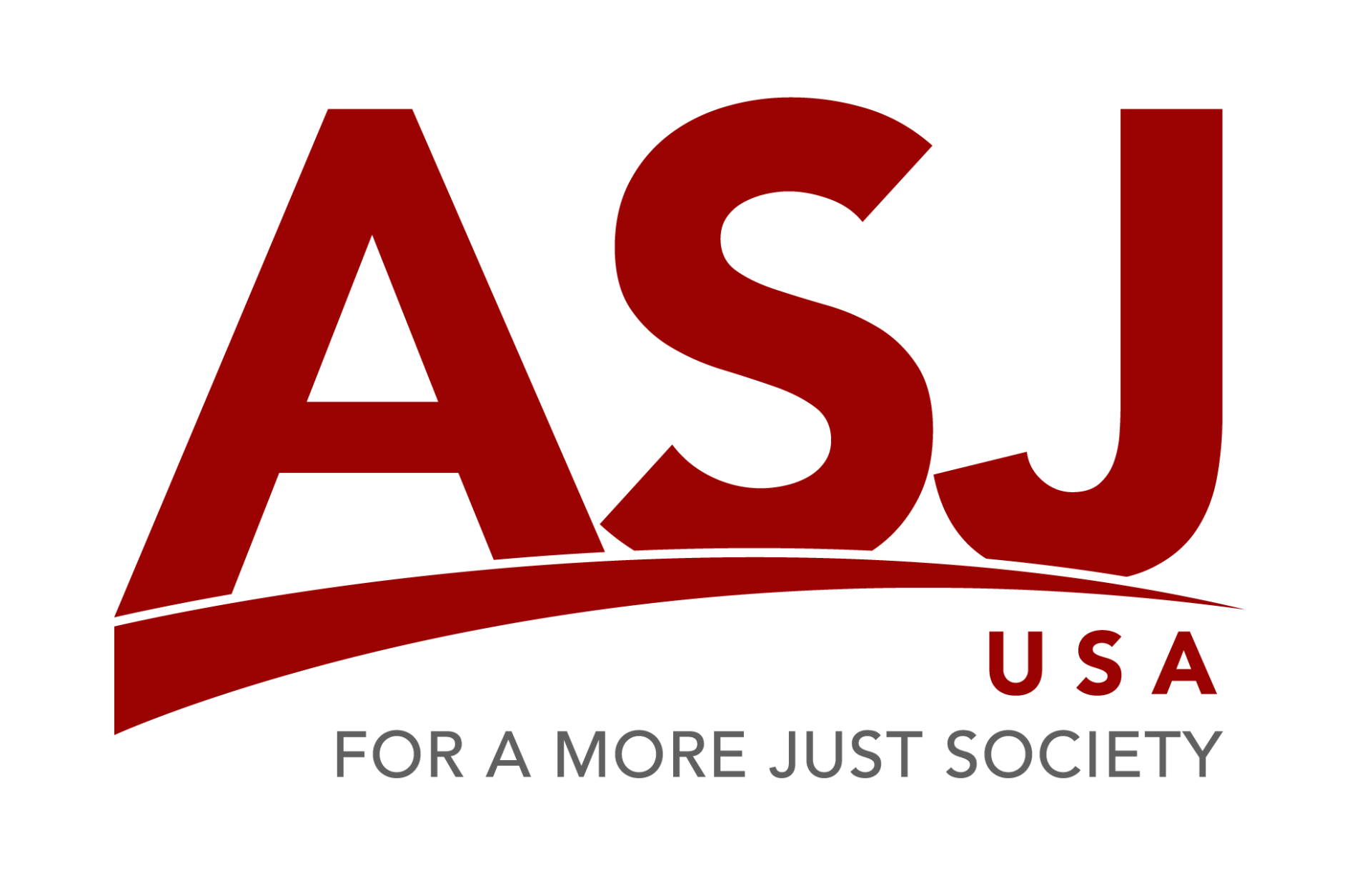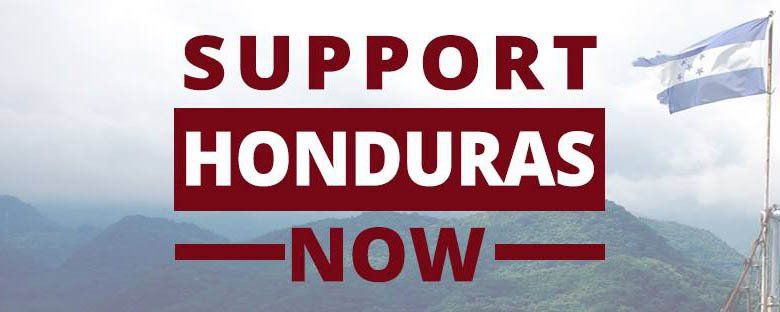We have a new name! We are ASJ, and we are for a more just society. Learn more >
We are ASJ, and we are for a more just society. Read more about our partnership>
FAQ ON U.S. GOVERNMENT AID
How much foreign aid is sent to Honduras?
In FY’18, the U.S. government planned to send $615 million to the Northern Triangle (Honduras, El Salvador, and Guatemala). Of that money, $350 million was planned to be sent to Honduras over a multi-year period.
When did the U.S. government decide to cut foreign aid?
In March 2019, President Trump announced that the U.S. government would be cutting all aid to El Salvador, Guatemala, and Honduras because of these countries’ inability to stop migrants from heading to the United States.
How does U.S. foreign aid work?
U.S. foreign aid funds projects around the world that “support global peace, security, and development efforts, and provide humanitarian relief during times of crisis”. These include projects in areas such as security, human rights, governance, democracy, health, education, economic development, environment, and humanitarian assistance.
While many people believe that U.S. aid is given directly to foreign governments, the majority of these funds are given to U.S. agencies (like USAID), multilateral organizations (like the World Bank), and non-governmental organizations (like ASJ-Honduras) to administer projects in the areas described above.
U.S. aid to Honduras is primarily focused on the justice sector, security, violence prevention, education, sustainable farming, and business development. Without U.S. aid, NGO programs across the country will be significantly reduced or eliminated.
Learn more about foreign aid from Oxfam’s Foreign Aid 101 guide, WOLA’s Central America Monitor, and the U.S. Global Leadership Coalition’s FAQ on Central America and U.S. Assistance.
Where is this money going instead?
In October 2019, USAID redirected some of these funds to the U.S.-backed opposition in Venezuela.
Wasn’t some of the foreign aid that was cut restored?
On Wednesday, October 16, 2019, the U.S. government announced that they would restore some Central American assistance – about $143 million that was going to programs directly reducing migration. This decision did not restore all of the $615 million in aid that was suspended. Local USAID officials have stated that they do not know when foreign aid will be returned to the region. As of January 2020, the State Department determined that Northern Triangle governments must improve border security and other migration-related responses in order to regain their U.S. foreign aid, but they did not provide a timeline by which that would happen.
We are hopeful that Congress will approve more aid in the next budget cycle. However, with the way that grants work, this will not solve our immediate need, because our current contracts were canceled.
*April 2020 Update: On April 13, 2020, the U.S. Department of State announced it intends to continue U.S. foreign assistance to Honduras, El Salvador, and Guatemala, although funds have yet to be designated to specific projects or non-profits.
What will the aid cut mean for Honduras?
We believe cutting aid will be counterproductive to curbing migration and will likely deter the fight against corruption, violence, and organized crime, creating more instability in the lives of Hondurans.
Check out our page on the root causes of migration and why Honduras is so violent to understand some of the challenges facing Honduras.
How much foreign aid money does ASJ receive from the U.S. Government?
ASJ-Honduras received $2 million annually in foreign aid from the U.S. government.
How do ASJ-US and ASJ-Honduras budgets relate?
ASJ-Honduras has 20 institutional funders including various granting institutions, foundations, and international governments. ASJ-US (formerly known as AJS) is one of the 20 institutional funders. Much of the money that ASJ-US raises comes from individuals and churches, filling the gaps that the other 19 funders don’t cover (gas in vehicles, security for our staff, program innovation, among others).
What does this aid cut mean for ASJ?
The funding freeze has put our work in jeopardy and in response, we have worked hard over the last few months to set program priorities and seek additional funding to fill the gap left by the aid cuts.
We feel confident that we will be in a strong financial position in the medium-to-long term given new funding sources we are working with.
However, a lot of this additional funding will take over a year to process, meaning that our ASJ staff and programs will see significant cuts during this gap year beginning on January 1.
These are a few of the areas that currently will be cut due to a lack of funding:
San Pedro Sula Violence Intervention Programs
In 2014, we opened a second office in the second largest city in Honduras, San Pedro Sula, to address the extreme violence in that area. We started violence intervention programs in targeted, violent communities. Over the past 5 years, homicides have decreased by over 70%! We also run our “rescue” program in San Pedro Sula, which works specifically with kids who are victims of sexual violence. They often serve cases in which the government doesn’t have the resources to investigate or coordinate (such as serial rapists, brothels, or kids who need extensive psychological care).
Due to the funding cut, we will need to close these violence intervention programs and let go of staff working in this office starting January 1. These programs cost about $200,000 to run.
Strong Communities Programs
We work in four vulnerable communities throughout Tegucigalpa and run violence prevention programs, including at-risk youth clubs that meet weekly with over 400 kids. Additionally, we provide legal and counseling services to the youth and their families, as well as services such as tutoring, parenting courses, and support groups for women who are victims of domestic violence. These interventions are targeted toward violent communities with significant gang activity, and our services help those most at-risk within these communities.
Due to the funding cut, we will need to reduce the types of assistance we provide, including legal and psychological services, as well as the number of communities that we are able to work in. Each community and the services we provide cost $35,000 annually.
More Information:
Watch these reports from Univision on how aid cuts will affect ASJ’s work in vulnerable communities and with victims of child sexual abuse, as well as our conversation with the Christian Reformed Church’s Office of Social Justice summarizing the impact of the foreign aid decision.
Page Last Updated April 2020
Association for a More Just Society - U.S. (ASJ-US)
PO Box 888631, Grand Rapids, MI 49588
| info@asj-us.org | 1 (800) 897-1135
ASJ (formerly known as AJS) changed our name in 2021 to reflect our partnership with Honduras and our Honduran roots. Learn more.










